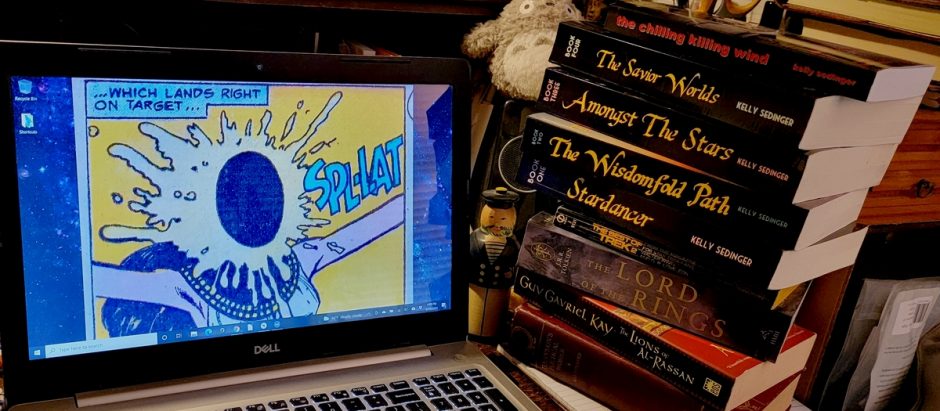
Returning after several weeks to our series of music inspired by the moon, we have a work by Julian Anderson, a composer with whose works I am unfamiliar. One bio of Anderson I read provides this information:
Julian Anderson is one of the most talented composers of his generation and has been commissioned by organisations including the Berliner Philharmoniker, Boston Symphony, Bergen Philharmonic and the Sydney Symphony Orchestra. Born in London in 1967, he studied with John Lambert, Alexander Goehr and Tristan Murail and first came to prominence when his orchestral Diptych (1990) won the RPS Composition Prize in 1992. Anderson has held Composer in Residence positions with the City of Birmingham Symphony, Cleveland and London Philharmonic orchestras, relationships which produced an impressive body of orchestral works including Stations of the Sun (1998, a BBC Proms Commission) and Eden (2005, Cheltenham Festival). Fantasias (2009), written for the Cleveland Orchestra, won a British Composer Award and The Discovery of Heaven (2011), a co-commission by the New York Philharmonic and the London Philharmonic Orchestra was awarded a South Bank Sky Arts Award. Both works were recorded by the LPO live label.
The work in question is called The Crazed Moon, a work that seems to be mostly a series of tone clusters at first, but from which an eerie logic and even beauty emerges slowly:
As Anderson writes, The Crazed Moon ‘takes its title from a poem by W.B. Yeats, in which he describes a frightening vision of ‘the moon, crazed through much childbirth/ staggering through the sky.’ This image combined with the beautiful lunar eclipse seen in March 1996 provided the main starting point for a work for orchestra lasting about thirteen minutes, in one continuous movement. The other factor determining the threnodic character and funereal mood of the work was the sudden death in September 1995 of a composer and friend, Graeme Smith, at the age of only twenty-four. This piece is dedicated to his memory.’(Julian Anderson)‘This tragic occurrence dictated the nature of much of the piece: predominantly slow, with tolling bells, heavy chords, keening melodic lines, and climaxes not only of mourning but also of protest. But two things make its expressive course over its 13-minute duration unpredictable. One is the overall plan of the work, which like a film sequence cuts between different elements developing independently of one another. The other is the incorporation as a recurring musical idea of Graeme Smith’s initials, G.S., which in German note-names spell G and E flat (Es). These two notes make a bright major third, which whenever it is used, harmonically or melodically, stands out in the darker, atonal context, to poignant effect.’(Anthony Burton, LPO programme note, 2011)
I found myself more and more entranced each time I played the work. I hope you will too.
Discover more from ForgottenStars.net
Subscribe to get the latest posts sent to your email.





